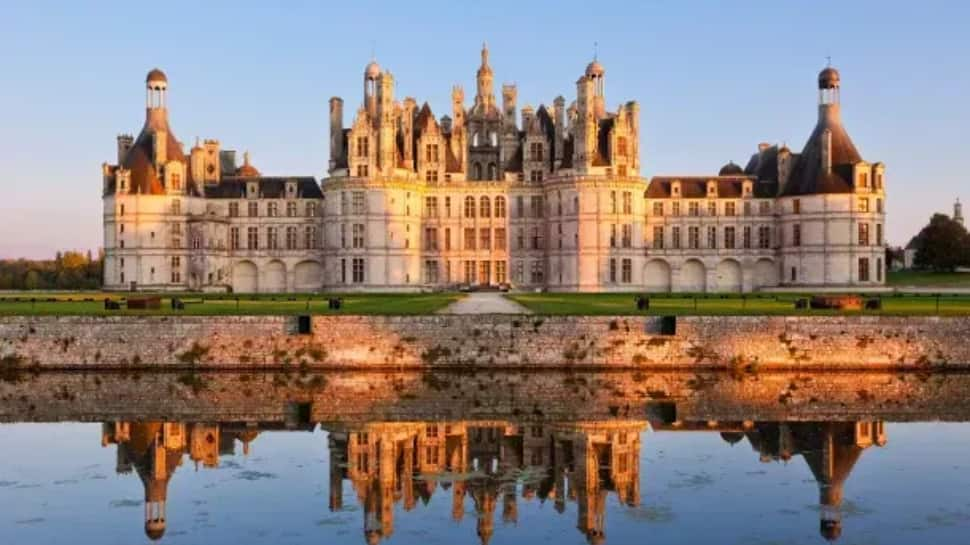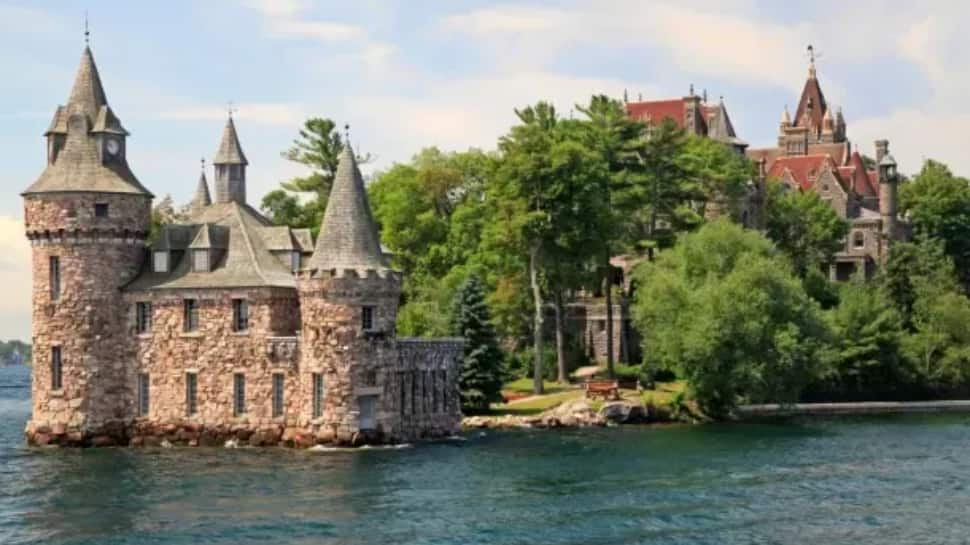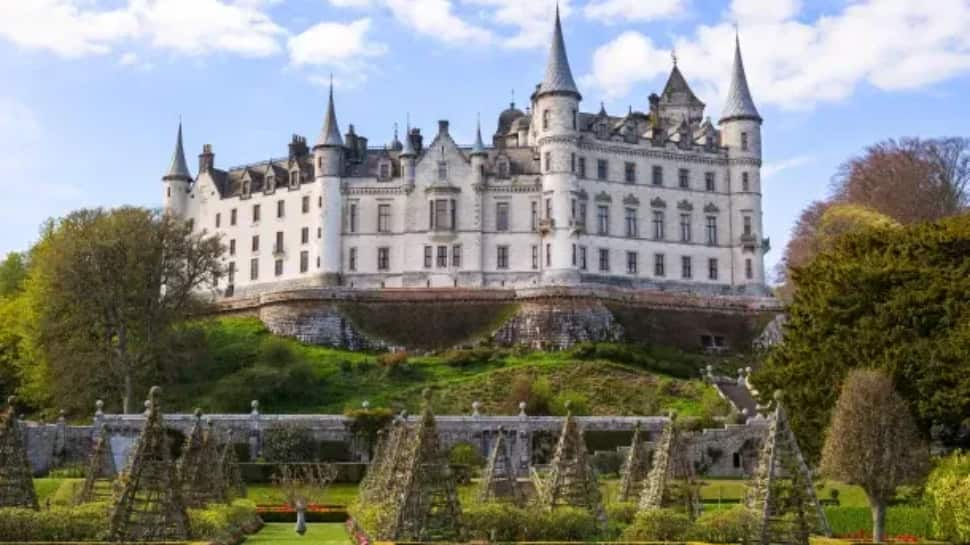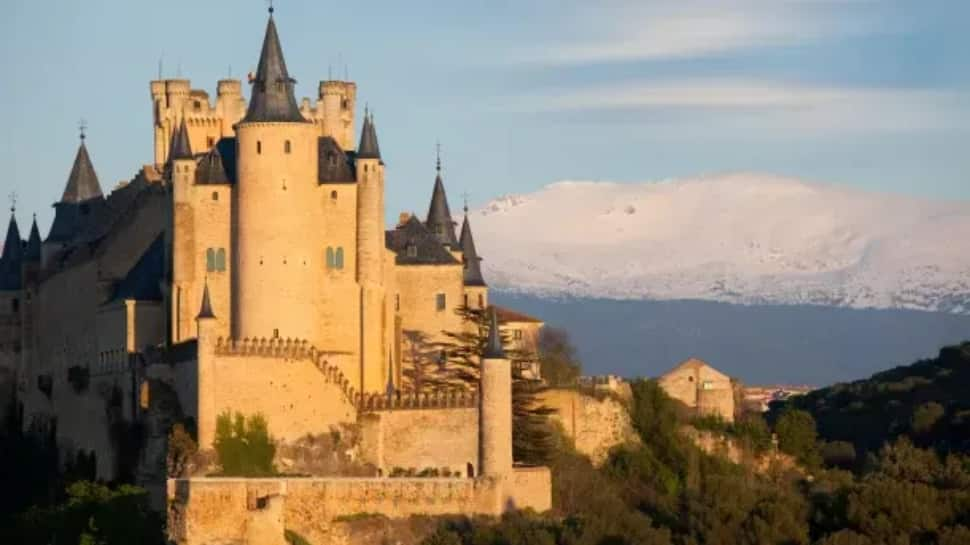7 Oldest Castles In The World
Discover the seven oldest castles in the world, exploring their rich history, architectural marvels, and the legends that surround them.
Rochester Castle
)
Rochester Castle was built sometime in the late 1080s after William II asked Gundulf, Bishop of Rochester to build a stone castle in Rochester so he could take command of an important river crossing. This stone castle is one of the earliest of its type in England, as many of the country’s early castles were initially built of motte and bailey. In 1127, the Archbishop of Canterbury began building the castle’s great keep, which is one of the best preserved in England or France as well as the tallest such building to survive in Europe. The castle was repaired during the 19th and 20th centuries and today is open to the public under the guardianship of English Heritage.
Killyleagh Castle

Killyleagh Castle is the main attraction in the small village of Killyleagh in Northern Ireland. The oldest parts of the castle date back to 1180 and it is believed to be the oldest castle in the country. King James I gave the land the castle sits on to James Hamilton, who later became the 1st Viscount Claneboye — he built a single-towered castle and courtyard walls. Since 1625, Killyleagh Castle has been the home of the Hamilton family. In 1666, James Hamilton’s son, Henry Hamilton rebuilt the castle, adding another tower and building the long fortified wall in front of the castle. His castle is what still stands today.
Chambord Castle, Loire Valley, France

The largest and most prestigious of the many castles or chateaux of the Loire Valley in France, the Chateau de Chambord was built for King Francis I in the 16th century. The Chateau de Chambord is famous for its distinctive French Renaissance architecture; on the one hand, it borrows features from classic Medieval castles (such as a moat and walls, albeit ornamental in this case) and blends them with contemporary Renaissance structures.
Boldt Castle, New York, USA

If you were under the impression that you had to be in Europe to see castles, you’re wrong. This turn of the 20th-century wonder was constructed by George Boldt and intended to be a luxury residence for his wife, Louise. Comprised of six storeys built in keeping with Medieval-style castles, the Boldt Castle stands on a small island known as Heart Island in the Saint Lawrence River. Abandoned for some 70 years after Louise Boldt’s death, the castle is now maintained and run by the Thousand Islands Bridge Authority.
Dunrobin Castle, Scotland, UK

If the building today known as Dunrobin Castle was completed in 1845, there are records of a castle in this place since the 15th century – the oldest part of the current building dating back to then – with many indications there was a fortress here since the early Middle Ages. Boasting some 189 rooms, the mansion is the largest castle in the northern Highlands. The historic seat of the Clan of Sunderland, it briefly operated as a private boarding school before being opened to the public.
Castillo de San Marcos, Florida, USA

Another castle to be found in the USA, the Castillo de Sant Marcos or Castle of Saint Marc is the oldest masonry fort in the USA. It was constructed in the 17th century on the order of the Spanish Governor Francisco de la Guerra y de la Vega to protect the city from foreign attacks. The building consists of four bastions – each named after a different saint – and a fortified wall, much of which is made from a type of stone called coquina, consisting of broken-down pieces of shell bound with limestone.
Alcazar of Segovia, Spain

The first fortress built in this area was constructed by the Ancient Romans, little of which aside from the foundations remains. Later, the Moors built a fortress here for the Almoravid dynasty which ruled this part of Spain until the 11th century. This is when the original mentions of an ‘alcazar’ – a Moorish word for castle – first appear. While the Muslim fort, believed to have been made of wood, was mostly destroyed and replaced with the current stone construction, the castle kept the name Alcazar of Segovia.
Trending Photos








